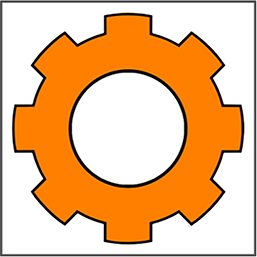
January 12 – February 11, 2017
First Friday Reception: February 3rd from 6-9 pm
Both artists make use of fragments to piece together imagery or figures. Ordinary objects, detritus, and other odds and ends are combined to create the representations. The resulting works become densely packed with textures, gestures, and associations.
Harry Clewans creates his compositions with cut-out segments of original woodcut prints, which may be rendered from anything the artist studies, and which he keeps in a kind of library. The fragments of prints are then pieced together to form new images. His is a process of observation, rendering, deconstruction and reconstruction.
“I think of my library of woodcuts as a kind of periodic table, each one is an element that I can use to reconstruct the world around me; just as everything in our physical environment is composed of the same matter, my large pieces are composed of the same collection of woodcut images. This approach, I hope, communicates the idea that all things, by virtue of their makeup are connected, that all things participate in a cycle of composition and decomposition.”
Trent Nahas pulls his inspiration from the San Francisco Bay…literally. He finds many of his creative materials washed up on its shores. His sculpture similarly makes use of a plethora of salvaged objects and fragments of materials. These become parts of figures or creatures that suggest something about our complicated relationship to the environment. To the average eye, these materials are only garbage – deteriorated, rusted, useless pieces – but Trent sees beauty in the decay and the way nature reclaims what man has only borrowed.
Trent calls his original process Faux/Found Fusion. The majority of materials used in this process are found but he is never limited to any one source Sometimes his ingredients come from other places.For example One day Trent was pondering what to do with the old turmeric from the kitchen, and discovered an awesome paint additive for creating the illusion of iron rust.
“My creative process has a crucial component. It requires the belief that everything I need is already with me or within arm’s reach. This is how I see all the discarded and overlooked potential around me. I have unlimited creative options and an endless supply of free creative material.” -Nahas
“A bit of a scavenger, Trent loves looking for old pieces of history, the little things that people discard, interesting parts of nature, and, really, anything that catches his attention from the world immediately around him. When he assembles what, he finds into art, the end result is not a hodgepodge of random materials, but a piece that runs so seamlessly together that, to the untrained eye, it is hard to tell that anything is different in the first place. The faux finishes that he applies to his assemblage’s help create this effect, breathing new life into his found materials in shades of oxidized metals and other striking finishes” -Scean Gabrial
And, concurrently in our Inner Room, Mountain Roomers, an installation by Darrell Hunger.
